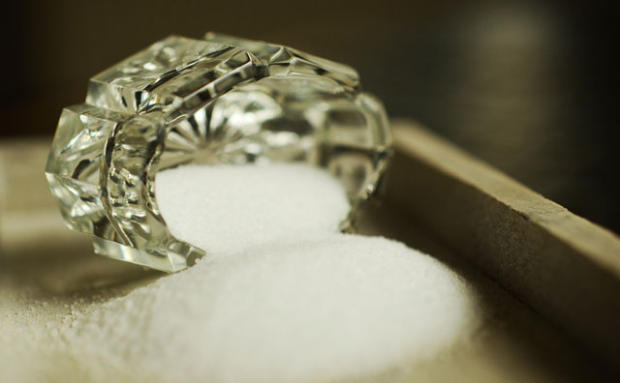
Low-Sodium Diets: Rethinking the Science
What leads to higher blood pressure? Too much sodium? Or an imbalance between electrolytes? Here’s science’s latest.
by Jonathan Toker, PhD, May 30, 2017
What leads to higher blood pressure? Too much sodium? Or an imbalance between electrolytes? Here’s science’s latest.
by Jonathan Toker, PhD, May 30, 2017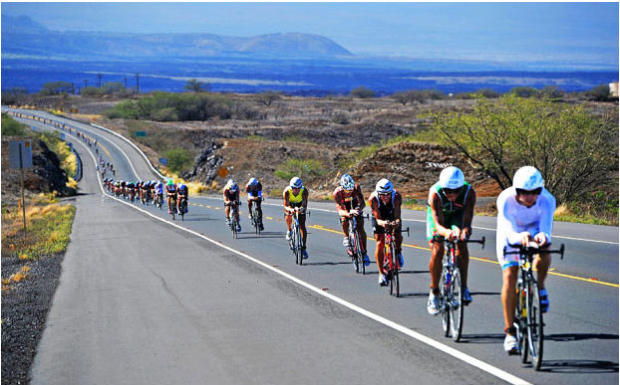
An athlete needs determine which supplements are appropriate; and then where to get them. Is cGMP enough?

Solar radiation contributes to heat stress and increases exercise fatigue. What works? Arm coolers. Sunscreen protects from skin cancer, but doesn’t help performance.
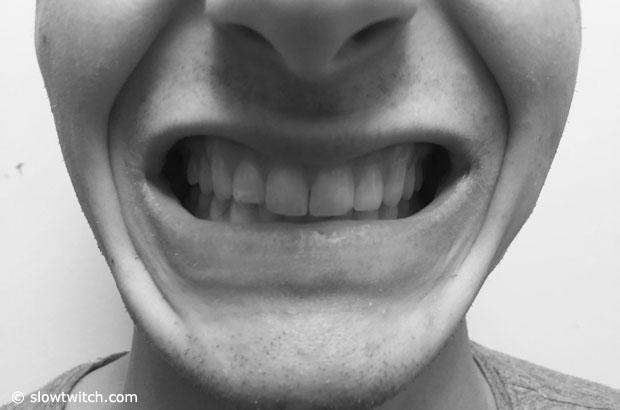
We train for hours, get massages, eat carefully, visit doctors, acupuncturists etc., but one missing component may be smiling at you in the mirror.

Latasch: The athlete drank mostly water during the race and did not take in enough minerals. Noakes: Can’t happen if athletes advised to drink to thirst, not to a schedule.
When is a pillowcase sham a sham sham? When it’s a “grounding” or “earthing” sham.
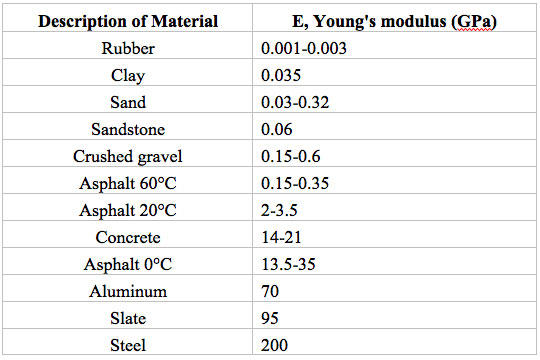
The hardness difference between concrete and asphalt is insignificant when running in shoes, because the cushioning afforded by shoes far exceeds any cushioning provided by those surfaces.
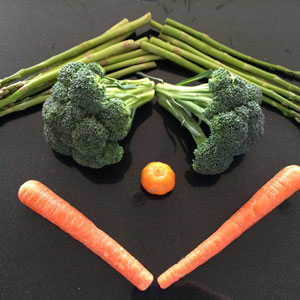
Slowtwitch Science editor Jonathon Toker reflects here on “A Sense of Perspective: Comments on Measurement, Toxicology and Food.” This, as a precursor to more on (ugh!) what and how we eat.
At or above 10 percent of all supplements that do not undergo regular banned substance testing were found in numerous studies to contain banned performance enhancers.

Slowtwitch science editor Jonathan Toker is slowly morphing from elite triathlete to elite sky runner. Sky Running’s “Kona” are the French and Swiss Alps, where you’ll often find Mr. Toker these days.

Nope, this isn’t about freezing your body, so you can win your age group in the 23rd century. It’s about a therapy that’s been around since the 17th century (but so was bloodletting).
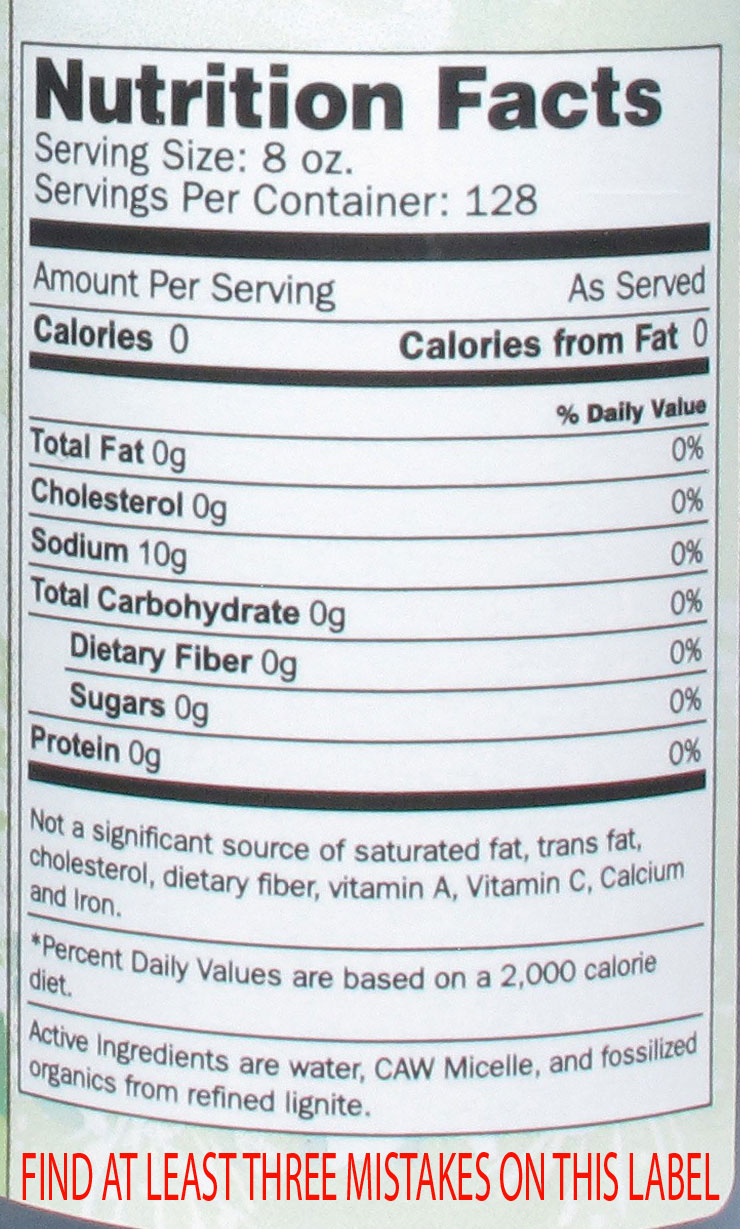
In the United States, the Food and Drug Administration (FDA) is responsible for protecting and promoting public health with ultimate oversight of food and drugs, and of particular interest for this article, the nutritional supplement industry. Their regulatory control covers two main areas: product safety and accurate product labeling. This article summarizes some of what goes on behind the scenes to keep consumer products safer.
The annual update to the World Anti-Doping Agency (WADA) prohibited substance list was published on October 1st and will be effective on Jan. 1, 2012. Each year WADA updates the list in accordance with evolving scientific principals, changing social habits and increased understanding of what constitutes an ergogenic substance or process.